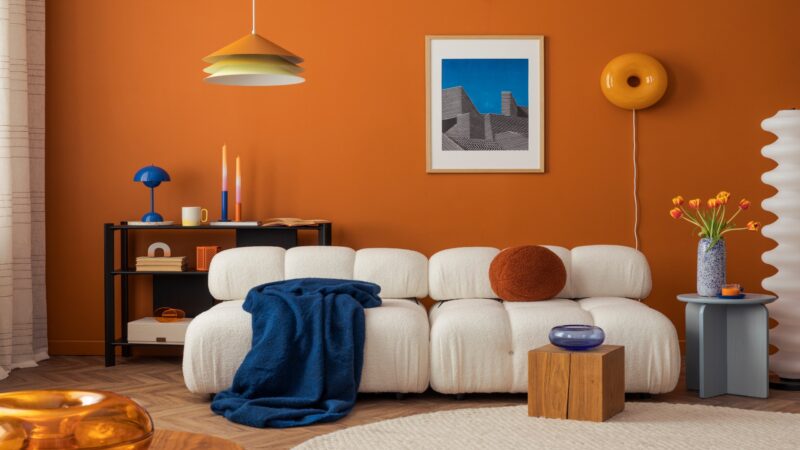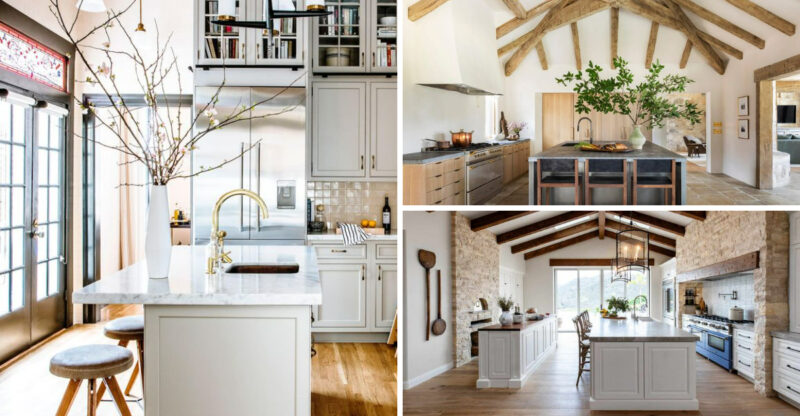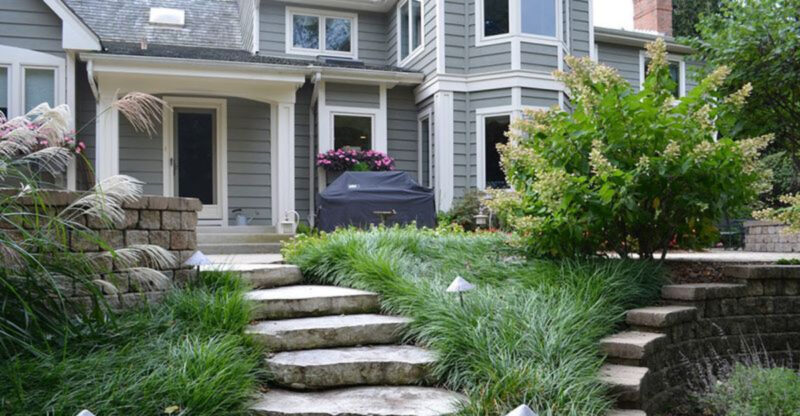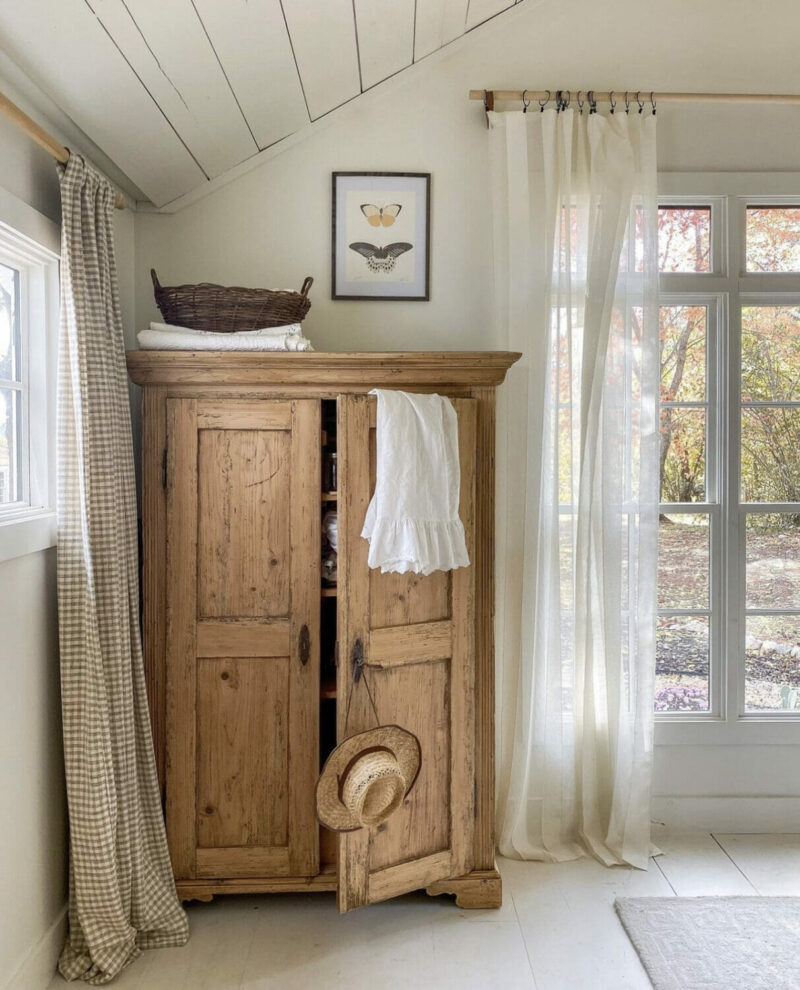17 Tips On How To Decorate Your Home When You’re Feeling Indecisive
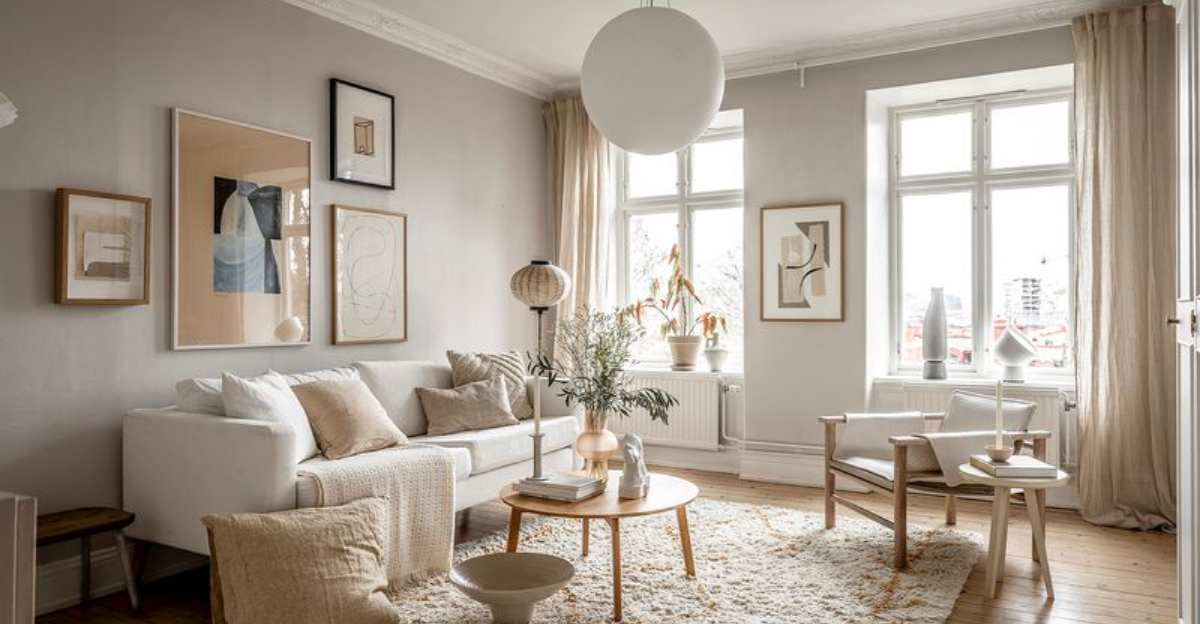
Staring at blank walls can feel overwhelming when you just can’t decide what to do with your space.
We’ve all been there scrolling through endless Pinterest boards, watching home makeover shows, yet still feeling stuck. If you’re caught in decoration limbo, don’t worry!
These practical tips will help you move forward even when your design vision feels foggy.
1. Start with Neutral Walls
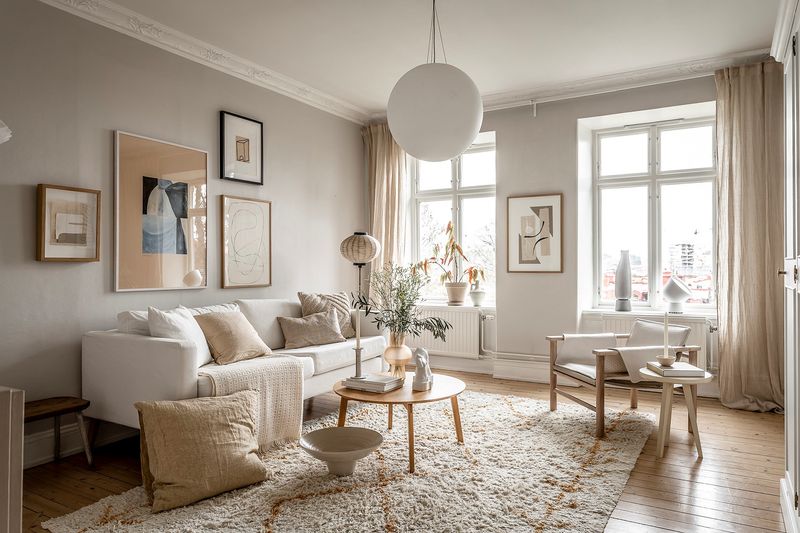
Neutral walls create the perfect blank canvas for your decorating journey. Think soft whites, gentle grays, or warm beiges – colors that won’t clash with anything you add later.
I find that neutral backgrounds actually make decision-making easier because they work with virtually any accent color or style you might discover along the way. Your furniture, artwork, and accessories will really pop against this subtle backdrop.
When I was paralyzed by paint choices, going neutral freed me to experiment with everything else. Plus, if you eventually figure out your style preferences, you can always repaint a wall or two as accent features!
2. Focus on One Room at a Time
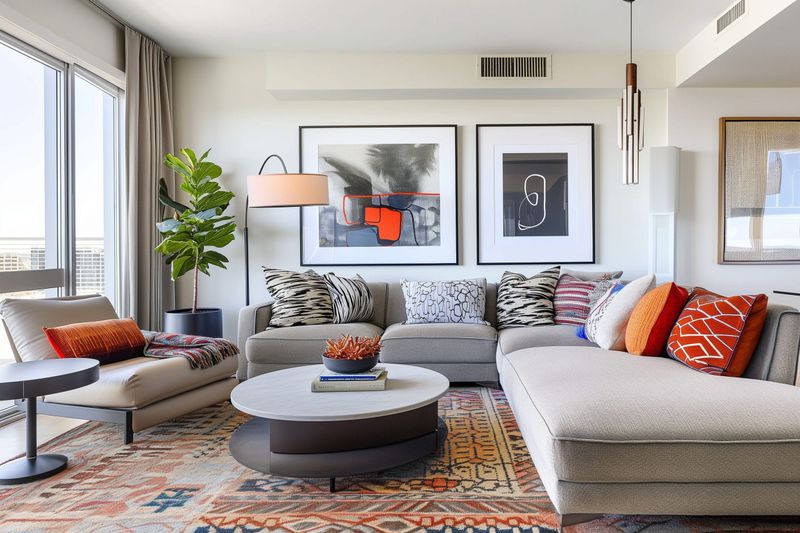
Tackling your entire home at once is recipe for decision paralysis! Instead, pick just one room – maybe the one you spend most time in – and make it your first project.
This approach lets you concentrate your energy, budget, and decision-making power in a manageable chunk. When I tried decorating my whole house simultaneously, I got nowhere fast. But focusing on just my living room? That I could handle!
Finishing one space completely gives you a confidence boost and a clearer sense of your preferences. You might be surprised how completing that first room naturally guides your decisions for the next spaces.
3. Create a Mood Board
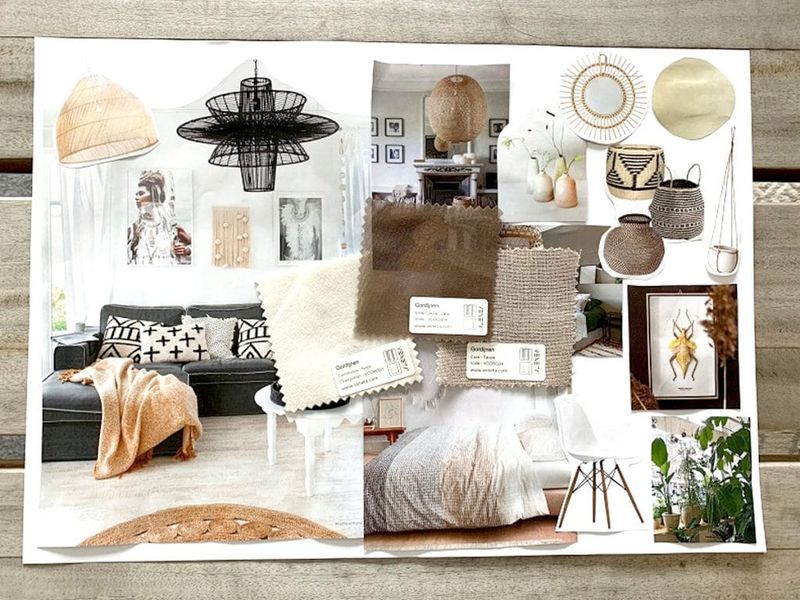
Mood boards saved my decorating sanity! Collect images that speak to you from magazines, Pinterest, or Instagram and arrange them together either physically or digitally. This visual collection reveals patterns in what you’re naturally drawn to.
You might notice you keep saving rooms with blue accents or natural wood elements without even realizing it. Those unconscious preferences become your decorating compass when indecision strikes.
I use free apps like Pinterest or Canva, but even a simple collage of magazine clippings works perfectly. The key is gathering everything in one place where you can spot the common threads in your taste.
4. Choose Timeless Basics
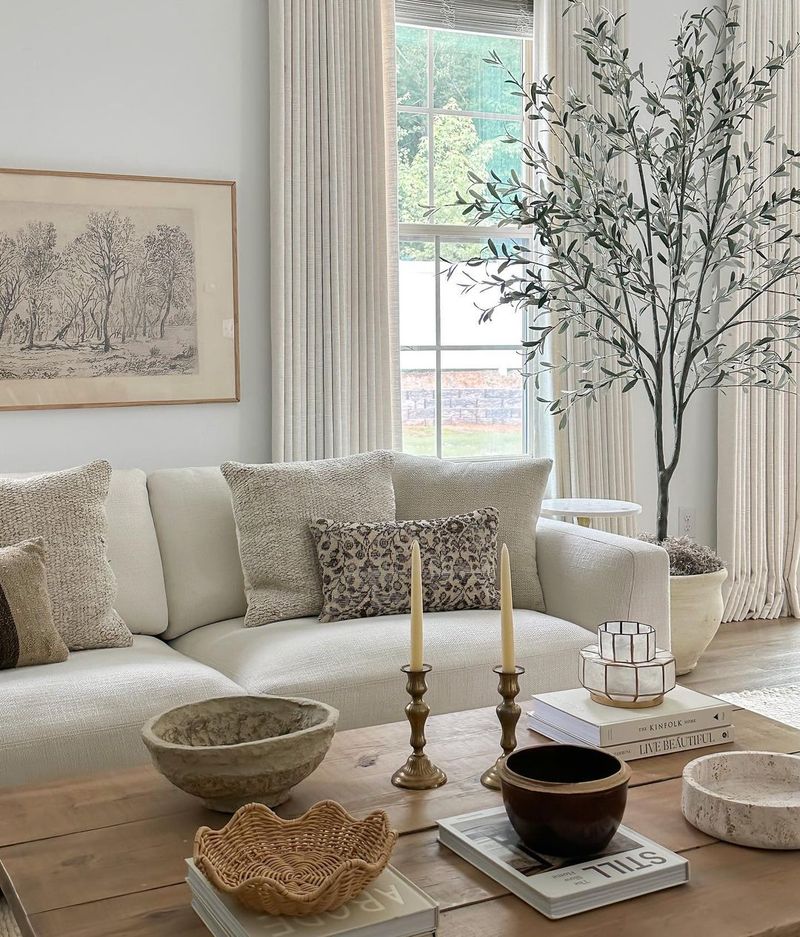
Trendy statement pieces often trigger my decision paralysis – will I still love that bold geometric sofa in three years? That’s why I recommend investing in classic, timeless furniture for your big-ticket items.
Think clean-lined sofas in neutral fabrics, simple wooden dining tables, and traditional bed frames. These pieces provide a solid foundation that works with nearly any decorating direction you might take later.
My friend bought a trendy velvet sectional and regretted it within months, while my simple cream sofa has survived three complete room makeovers! When basics form your foundation, you can experiment with trendier accessories that are easier and cheaper to replace.
5. Add Color with Accessories
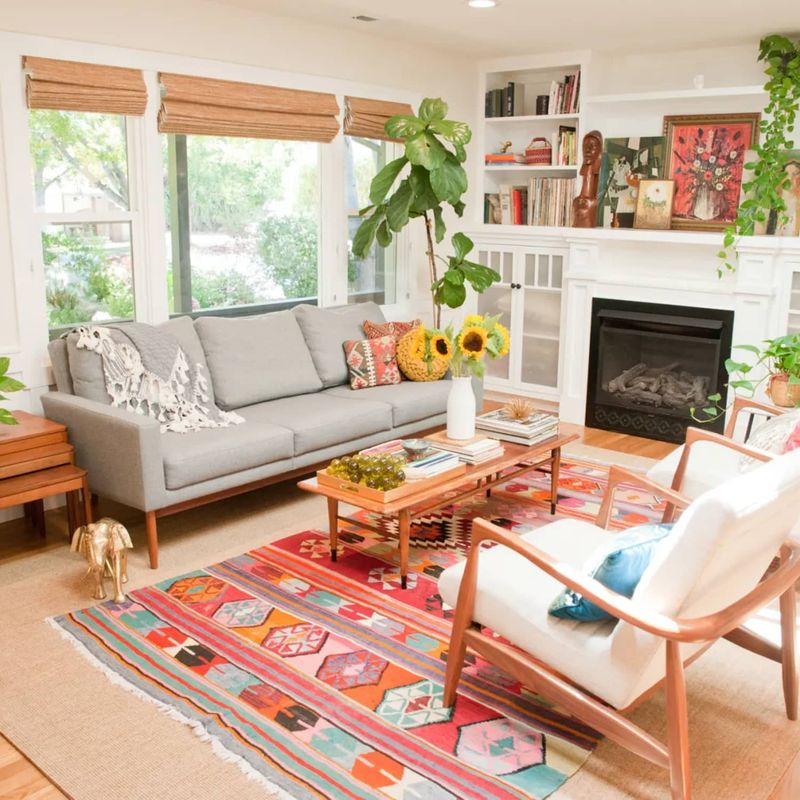
Color choices often freeze me with indecision, but I’ve found a brilliant workaround – keep your walls and big furniture neutral, then introduce color through easily changeable accessories.
Throw pillows, blankets, vases, and artwork let you experiment with color schemes without commitment. Last year, I was obsessed with emerald green accents; this year, I’ve switched to terracotta tones by simply swapping out some pillows and a lamp shade.
This approach is budget-friendly too! When that trendy mustard yellow falls out of favor, you won’t be stuck repainting an entire room or replacing an expensive sofa. Start with just two complementary colors in your accessories to keep things cohesive.
6. Keep Big Furniture Pieces Simple
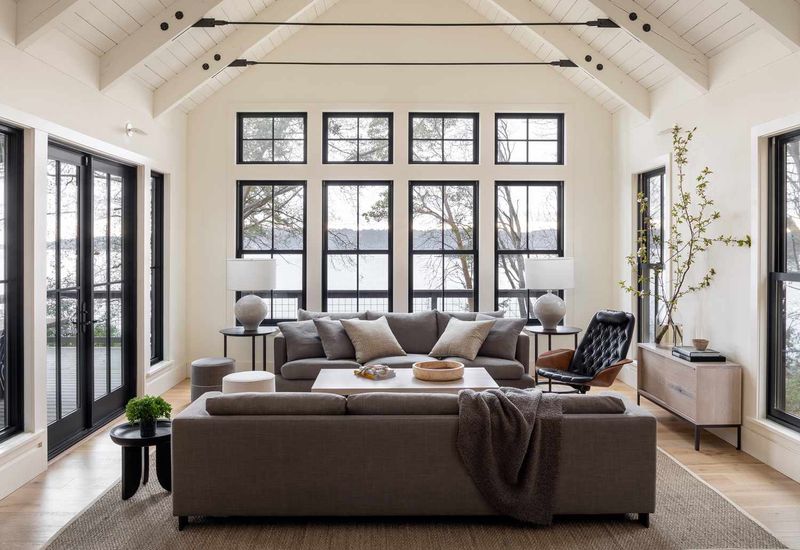
Complex furniture designs often become decorating regrets! I’ve learned that simpler silhouettes on larger pieces create a more timeless foundation for your space.
When I bought my first sofa, I chose a quirky mid-century piece with unusual legs and distinctive cushions. Though I loved it initially, it limited every other design choice I made afterward. Now I recommend clean-lined sofas, straightforward bed frames, and classic dining tables.
If you’re feeling design-uncertain, avoid heavily carved details, unusual shapes, or distinctive patterns on large furniture. You can always add personality through smaller items that are easier to replace when your taste evolves or when you finally figure out your true style!
7. Mix Textures for Interest
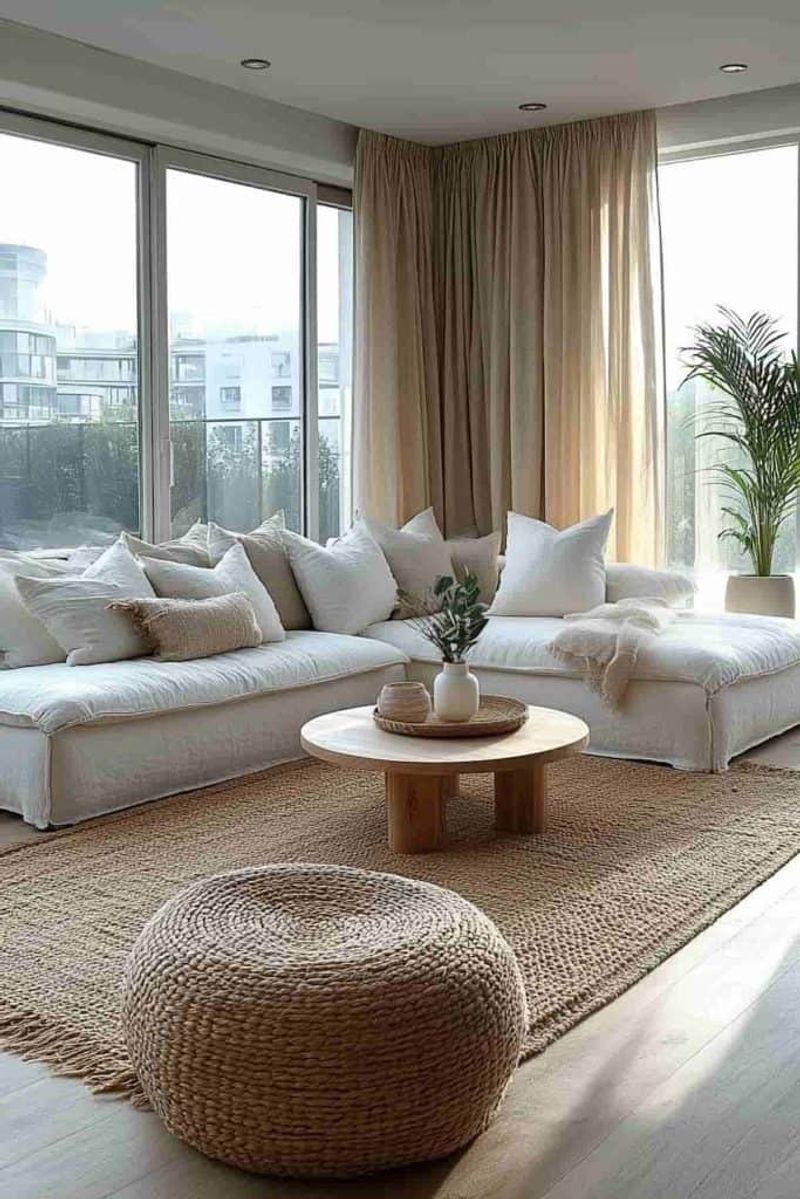
Texture saved my monochromatic living room from boring-ville! When you’re unsure about colors or patterns, focusing on texture variety creates depth without decision stress.
Try combining smooth leather, nubby linen, glossy ceramics, rough baskets, and soft throws in similar color families. My all-white bedroom felt flat until I added a chunky knit blanket, sleek ceramic lamps, a rattan headboard, and velvet pillows suddenly it had dimension!
Mixing textures works even when you’re completely color-shy. A room of all neutrals springs to life when you contrast rough and smooth, matte and shiny, soft and hard surfaces. This approach gives you rich visual interest while avoiding the paralysis that bold color choices sometimes trigger.
8. Try Temporary Décor
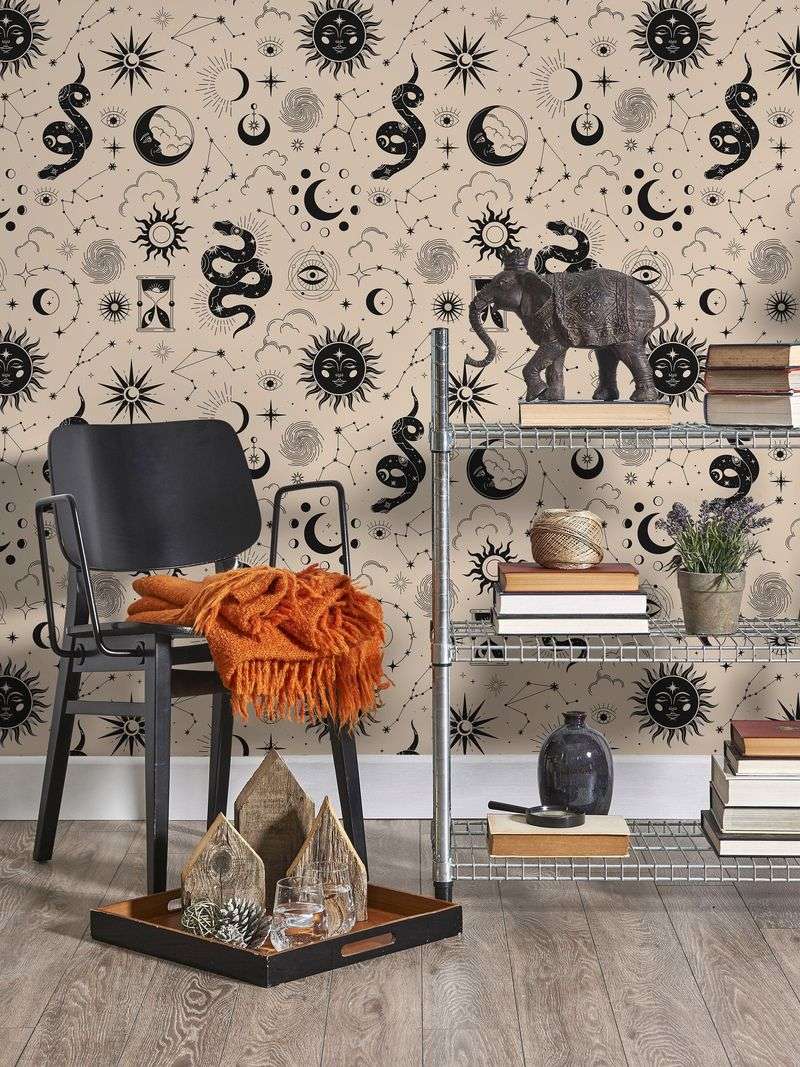
Commitment phobia had me decorating-stuck until I discovered the magic of temporary solutions! Peel-and-stick wallpaper, removable tile decals, and command hooks have revolutionized my approach to home décor.
These non-permanent options let you experiment boldly without the fear of costly mistakes. Last month, I applied marble contact paper to my bathroom counters – a $20 transformation I can easily remove if I change my mind.
Temporary curtain rods, furniture slipcovers, and area rugs are other low-commitment ways to dramatically change your space. When indecision strikes, knowing you can easily undo a choice makes it much easier to take that decorating leap. Plus, many landlords approve these reversible updates for rental homes!
9. Layer Rugs for Flexibility
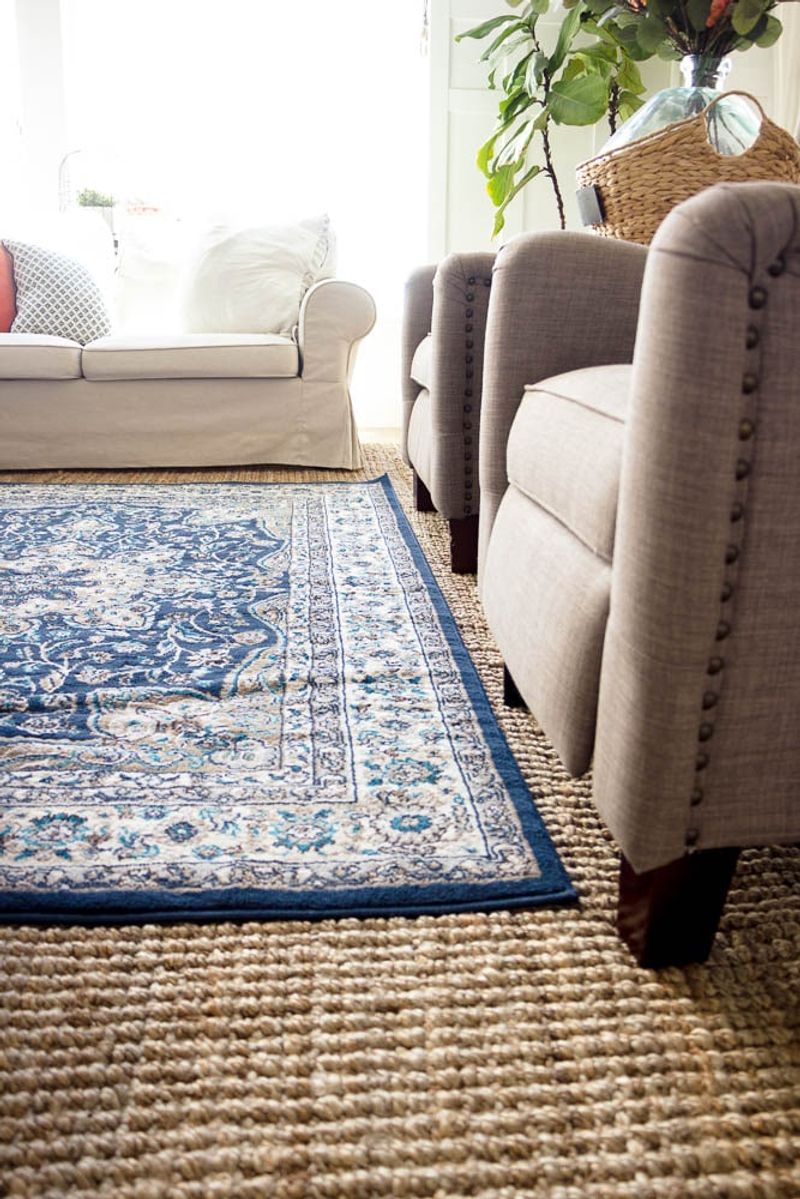
Rug decisions used to paralyze me until I discovered the layering trick! Start with a large, neutral base rug (like jute or sisal), then layer smaller, more colorful or patterned rugs on top.
This approach gives you incredible flexibility. When I get bored or unsure about my living room look, I can swap just the top rug instead of replacing the entire large, expensive base rug. It’s like changing your accessory without buying a whole new outfit.
Layered rugs also let you experiment with different shapes – try a round rug over a square one, or place a colorful runner atop a neutral rectangle. The dimensional interest creates a designer look while giving your indecisive mind the freedom to change things up whenever inspiration strikes!
10. Use Mirrors to Open Spaces
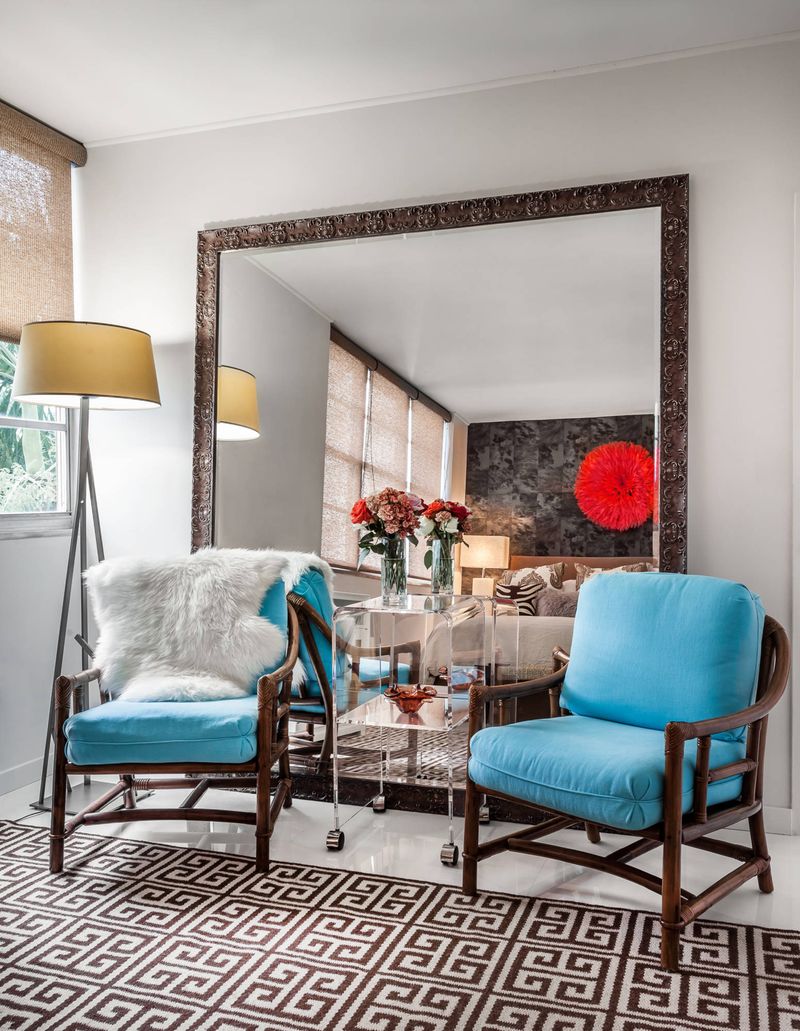
Mirrors are my foolproof decorating solution when I’m stuck on design decisions! They work in literally any room, making spaces feel larger, reflecting light, and adding instant elegance.
Strategic mirror placement transforms rooms without requiring you to commit to a specific style. Hanging one across from a window doubles the natural light and view, while a collection of smaller mirrors creates an artistic focal point without the pressure of choosing artwork.
During my most décor-indecisive phases, I’ve placed floor-length mirrors in narrow hallways, hung round mirrors above console tables, and leaned full-length mirrors against walls. Their versatility means they’ll work with whatever style you eventually settle on, making them the perfect choice for the chronically undecided decorator!
11. Buy Multipurpose Furniture
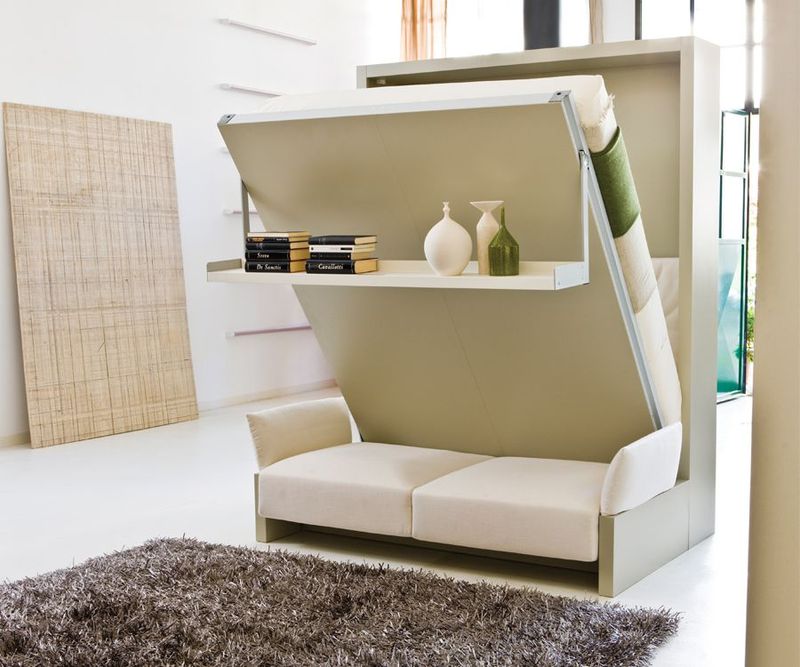
Multipurpose furniture pieces became my secret weapon during decoration indecision! Storage ottomans, extendable dining tables, and convertible sofas offer incredible flexibility while you figure out your style preferences.
My favorite purchase was a simple storage bench that’s served as coffee table, extra seating, toy storage, and now a plant stand as my needs changed. When you’re uncertain about your space’s final function, these adaptable pieces prevent costly mistakes.
Nesting tables, drop-leaf desks, and modular shelving are other smart choices that can evolve with your changing needs. If you’re paralyzed by furniture decisions, ask yourself: “Can this piece serve multiple functions?” If yes, it’s probably a safe bet for your indecisive decorating journey!
12. Test Samples Before Committing
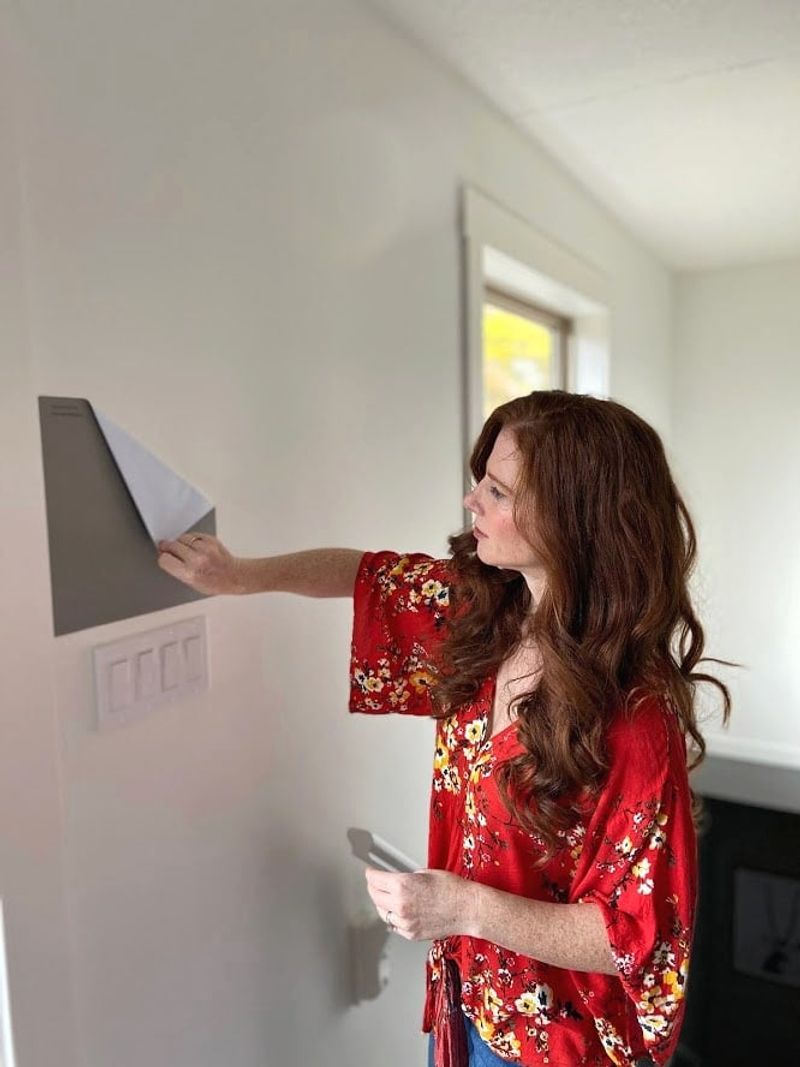
Free paint samples saved me from a $500 mistake! When indecision strikes, always test before you commit – whether it’s paint, wallpaper, flooring, or fabric.
Paint colors especially can look dramatically different depending on your room’s lighting. I once fell in love with a gray shade in the store that looked distinctly purple once on my walls! Now I always get sample pots and paint large swatches to observe throughout the day.
Most retailers offer inexpensive or free samples of wallpaper, flooring, and fabric too. Living with these samples for a week gives your brain time to process how you truly feel about them. If you’re still excited after the novelty wears off, you’ve found a winner!
13. Incorporate Personal Items
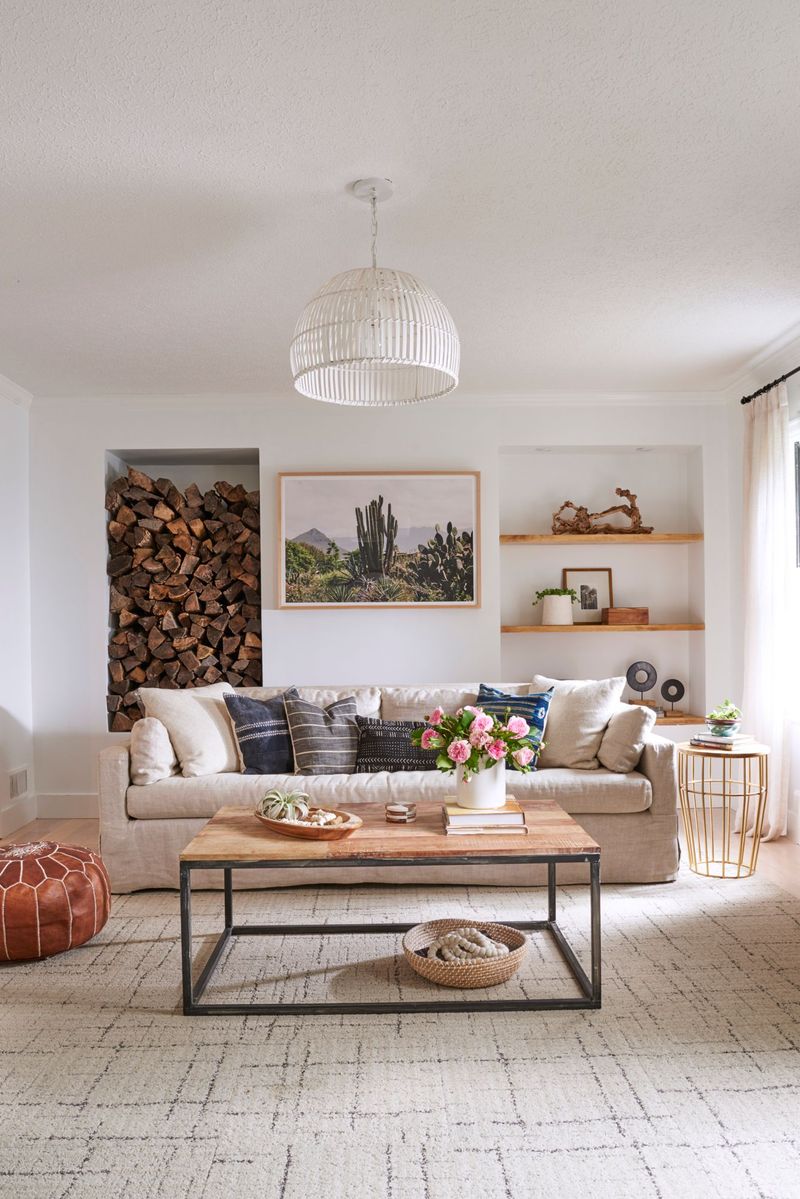
Your treasured possessions are decorating gold mines! When I’m stuck on design decisions, I start with the meaningful items I already own and build around them.
That pottery piece from your vacation, your grandmother’s quilt, or your collection of vintage cameras these personal items inject instant personality into your space. My living room felt generic until I displayed my grandfather’s old record player and built the room’s color scheme around its warm wood tones.
Unlike trendy décor store purchases, these meaningful pieces won’t trigger buyer’s remorse. They tell your unique story and create a home that feels authentically yours. When decoration indecision strikes, look to what you already love rather than what you think you should buy.
14. Limit Patterns to Small Doses
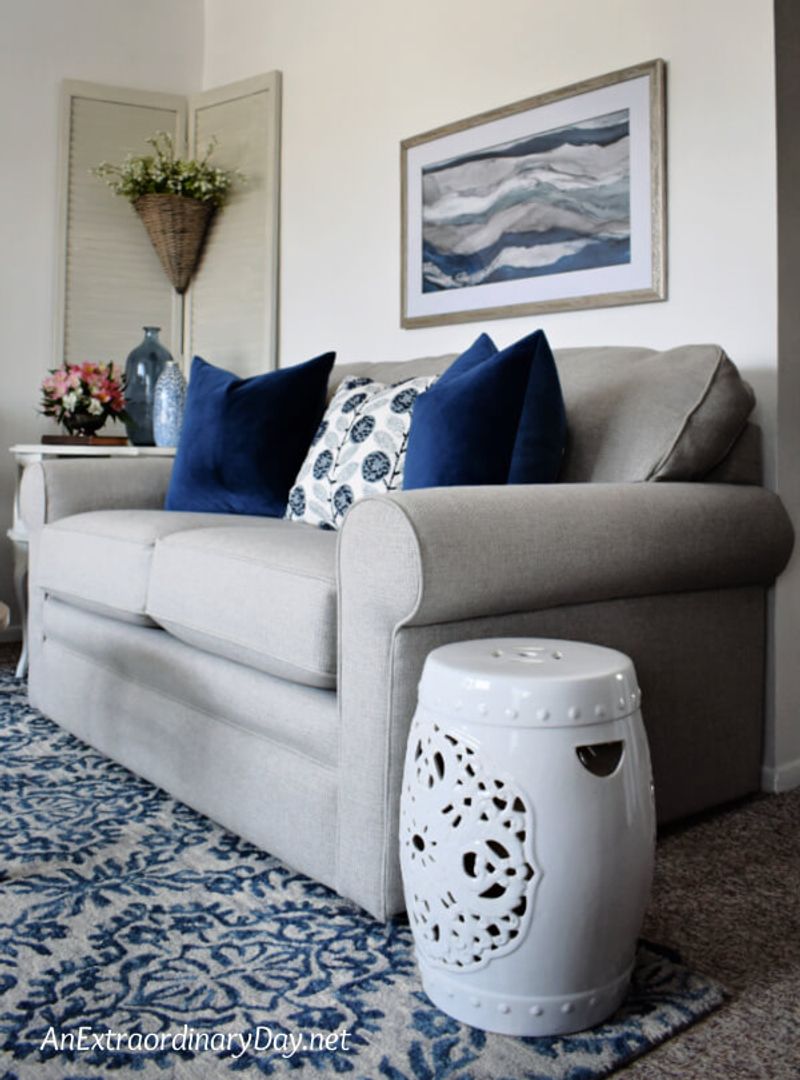
Bold patterns often trigger my decorating paralysis – what if I commit to that dramatic wallpaper and hate it next month? That’s why I suggest using patterns in small, easily changeable doses when you’re feeling uncertain.
Instead of patterned sofas or wallpapered rooms, try patterned throw pillows, a single accent chair, or framed fabric samples. My guest room transformation started with just two geometric print pillows that I knew I could easily replace if my enthusiasm waned.
This approach lets you experiment with current pattern trends without major commitment. If you do discover a pattern you consistently love over time, you can gradually incorporate it in larger applications. Remember: when in doubt, keep your big surfaces simple and your patterns portable!
15. Go Slow with Purchases
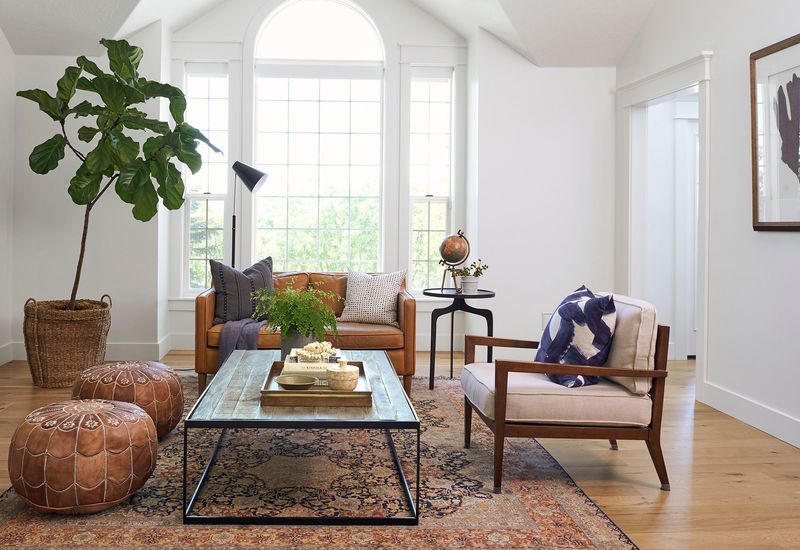
Rushing decorating decisions leads to regret! I’ve learned that the “slow decorating” approach is perfect for indecisive folks like me.
Instead of trying to furnish an entire room in one weekend shopping spree, allow yourself to collect pieces gradually over months. My most successful spaces evolved this way finding the perfect coffee table first, then slowly adding complementary pieces as I discovered them.
This patience prevents panic purchases and gives you time to refine your vision. Empty spaces aren’t decorating failures; they’re opportunities waiting for the right piece! Keep a running list of what you need, but don’t feel pressured to fill every corner immediately. Quality pieces that truly speak to you are worth the wait.
16. Trust Your Gut Feelings
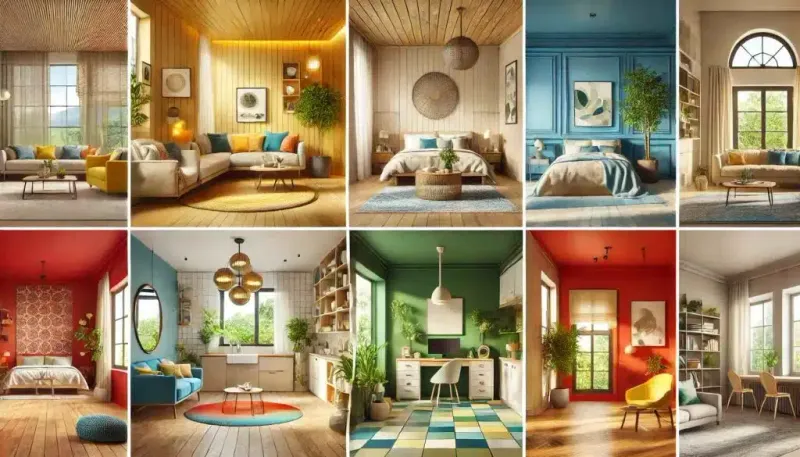
Overthinking is the enemy of good decorating! When facing endless options, I’ve learned that my initial reaction is usually the most honest one.
If you’re immediately drawn to a certain color, piece of furniture, or style – pay attention to that instinct. My endless paint sample testing only confirmed what I knew instantly: I loved that soft sage green from the very first swatch.
Though design magazines and social media can inspire us, they sometimes drown out our authentic preferences. Try this exercise: quickly save 10 room images you love without analyzing them, then look for common elements. These patterns reveal your true style beneath the indecision. Remember that decorating is personal – there’s no objectively “right” choice, just what feels right to you.
17. Remember It’s Easy to Change Later
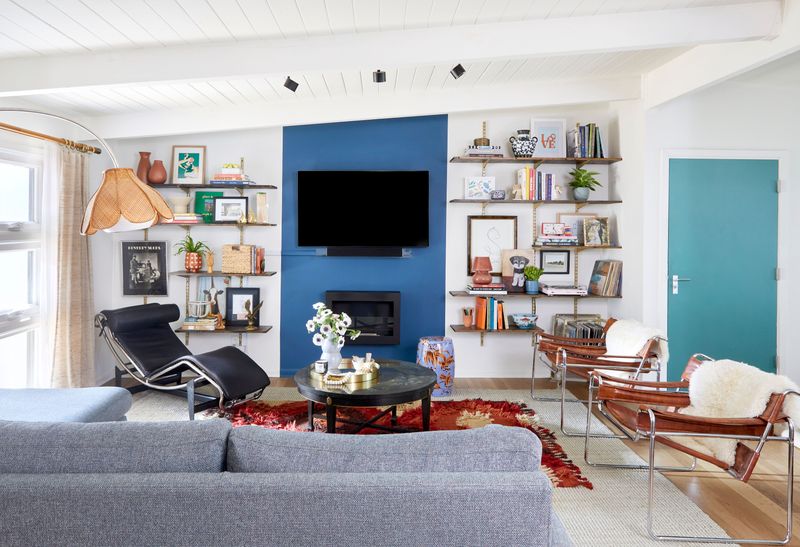
Decorating isn’t permanent surgery it’s more like trying a new hairstyle! This perspective shift helped me overcome my paralyzing indecision about home design choices.
Almost everything in your home can be altered: walls can be repainted, furniture can be reupholstered or sold, and accessories can be swapped out. When I finally accepted this truth, I felt free to experiment with that bold blue accent wall I’d been considering for months.
The financial investment varies, of course, but reminding yourself of the impermanence of decorating decisions can be liberating. Your home will naturally evolve as you do. So take that decorating step, knowing that if it doesn’t work out, you haven’t committed to living with it forever!

